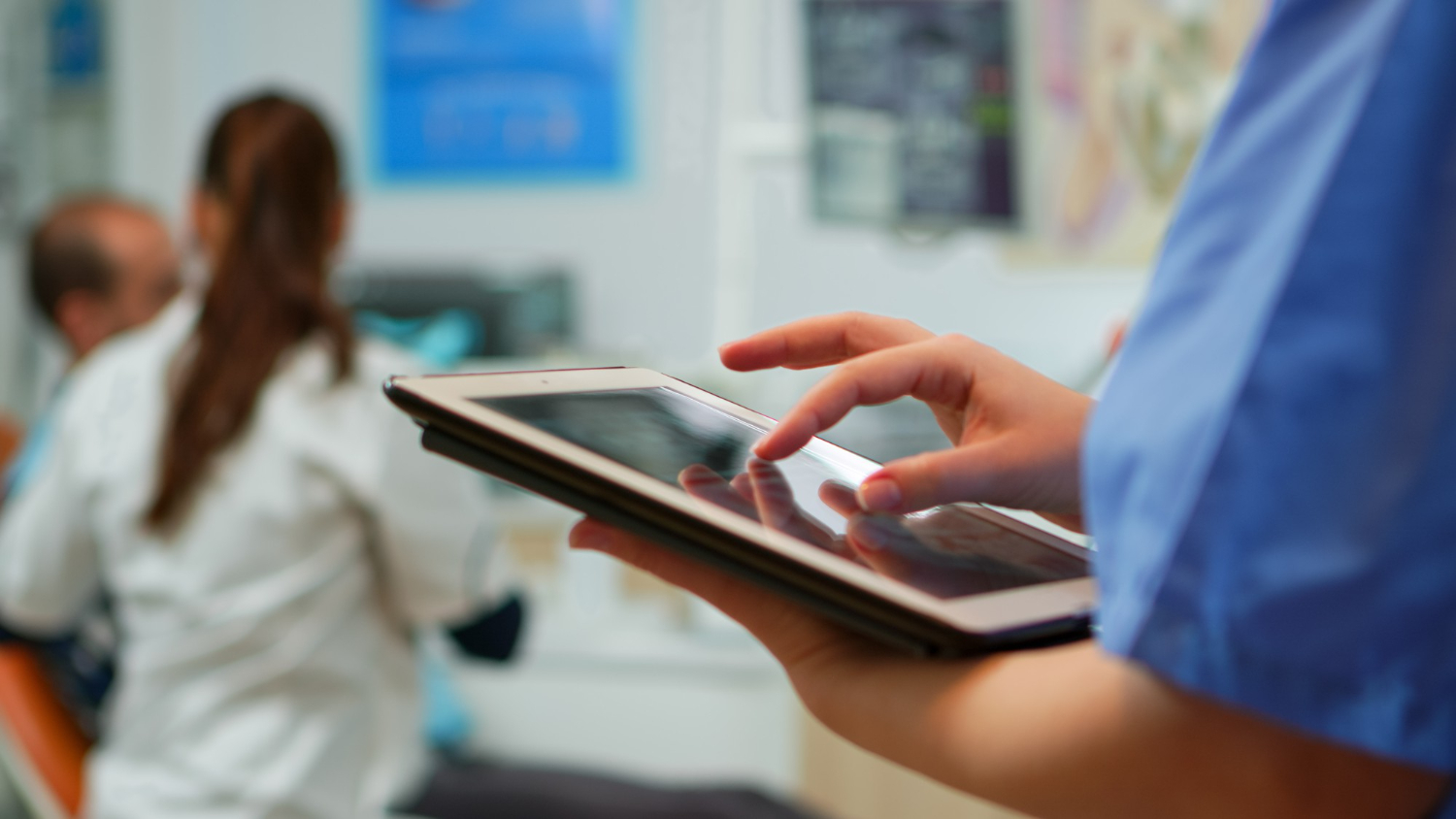
Telemedicine
About the course
Target group
Healthcare workers, nurses, doctors
Key words
Course introduction
- What is telemedicine and what are the possibilities in different areas of health services? The specialist health service, collaboration between different organisations.
- The basics and the need for innovation.
- Telemedicine and the context of the UN’s goals of sustainability.
- How can telemedicine be used in prehospital care? Areas of use in prehospital care and why ambulance, emergency department, stroke doctors, anaesthesia, GP and Municipal health service are using different kinds of video solutions.
- Technology: video devices, PC, tablet, smartphone and special devices.
- Practical use of video: how to use video with patients.
- How to prepare, start up, carry out and end videocalls with patients?
- Various aspects of video services – service providers, network.
- Security.
- The privacy of the patient and other healthcare workers.
- What are the possible benefits of the video solutions?
- The training of patients and other healthcare workers to use the equipment.
Details to know

Downloadable certificate
Share your certificate on Linkedin

Assessment
6 Quizzes

Taught in English
Also available in 6 other languages (IT, NO, DE, EL, BG, RO)
Learning outcomes
Increased insight into Telemedicine in Health services – basics, innovation, application possibilities, network, how to use, adaption and security.
Lesson 1
- Competence:
- Is able to independently provide assistance to others and show them the benefits of using telemedicine in the healthcare services
- Is able to use telemedicine techniques to innovate healthcare practices and solve complex healthcare problems
- Knowledge:
- Knows of the historical development of telemedicine
- Understands how telemedicine works to innovate healthcare processes
- Knows how telemedicine functions in the context of the UN’s goals of sustainability
- Skills:
- Uses the relevant terms within telemedicine correctly
- Implements telemedicine techniques to innovate healthcare practices related to their daily work
- Implements telemedicine techniques to solve complex healthcare problems related to their daily work
Lesson 2
- Competence:
- Is able to explain and promote the use of videos in different areas of healthcare services
- Knowledge:
- Understands the possibilities and limitations of using videos to solve problems in different areas of healthcare services
- Skills:
- Uses video appropriately in situations such as:
- the specialist healthcare service – internal use
- the specialist healthcare service – external use
- Uses video appropriately in situations such as:
Lesson 3
- Competence:
- Is able to explain and promote how telemedicine can effectively be used in prehospital care
- Knowledge:
- Understands the structure of the system of prehospital and how it functions in practice, including the synergy between:
- Ambulance, emergency department
- Accident and emergency department
- Stroke doctors
- Anaesthesia
- GPs
- Municipal healthcare services
- Has comprehensive knowledge of the prehospital care work
- Understands the structure of the system of prehospital and how it functions in practice, including the synergy between:
- Skills:
- Communicates effectively with video, radio and phone to provide care for the patient
Lesson 4
- Competence:
- Is able to explain to others the concrete ways to use video as a tool in telemedicine in different areas and on a variety of devices.
- Knowledge:
- Has a comprehensive understanding of the benefits, disadvantages and specific uses of the different devices that can be used (video devices, PCs, tablets, smartphones, special devices)
- Skills:
- Uses the correct device in the correct way to solve the actual problem at hand
Lesson 5
- Competence:
- Is able to explain to others the practical ways to use video as a tool in telemedicine
- Knowledge:
- Has a general understanding of the theoretical approach to video recording
- Knows how to prepare, start up, carry out and end video calls with patients, and can teach this effectively to others
- Has a comprehensive understanding of the technical and practical issues that can arise and knows how to solve them
- Has a comprehensive understanding of the practical approach to video recording
- Skills:
- Carries out the video consultations keeping in mind the quality of the screenshot, light, sound and their surroundings
Lesson 6
- Competence:
- Is able to explain to others the most important aspects of video services, such as network providers, challenges related to network, the difference between Wi-Fi and 4G/5G and security issues related to this
- Knowledge:
- Has a comprehensive understanding of the network providers, challenges related to network, the difference between Wi-Fi and 4G/5G and security issues
- Has a general understanding of the relevant fundamental principles of General Data Protection Regulation (GDPR)
- Skills:
- Works with telemedicine solutions while keeping in mind central security regulations and abiding by them
- Respects the core principles of privacy protection in telemedicine communication
Telemedicine
Lessons
Introduction 1. The basics 2. Use I 3. Use II 4. Technology 5. How to 6. Security and Network References Course Evaluation
Co-funded by the Erasmus+ programme of the European Union under Grant Agreement number 101056563.

Co-funded by the European Union. Views and opinions expressed are however those of the author(s) only and do not necessarily reflect those of the European Union or EACEA. Neither the European Union nor the granting authority can be held responsible for them.
